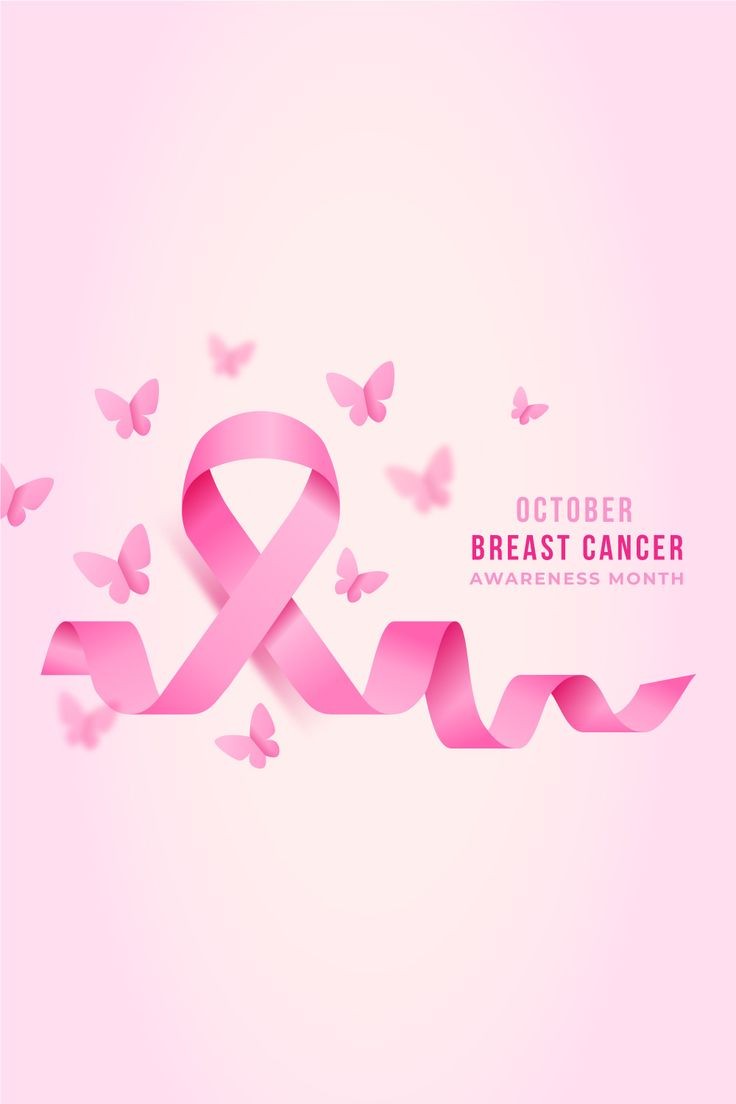Guide to Vaginal Health
Vaginal health is very important to a woman and many get worried when they display signs of ailment but may not see a doctor for fear of the diagnosis. At the first sign of vaginal discomfort, many women assume it’s yeast-related and rush to the pharmacy for a quick fix. Problem is, when it comes to vagina ailments, yeast is just one of many causes and you therefore need to have the basic facts and be sure to see a doctor for proper diagnosis and treatment. This guide will help you.
Women often suffer from various vaginal discomforts some of which are minor such as yeast infection and can be relieved with over-the-counter medication, but others are serious and require urgent medical attention. To be on the safe side if you develop symptoms related to vaginal ailments, it’s best to seek medical advice. We tell you how a normal vagina should be and then look at the symptoms of four of the most common feminine problems and also tell you how they are treated.
1. Normal vagina
A normal vagina is moist and usually has a clear discharge, which may sometimes be white. Discharge may increase during the middle of your menstrual cycle, just before ovulation. The discharge has no odour or may have a slightly salty smell.
These conditions are caused by the balance of normal vaginal flora, as well as the normal sloughing off of cells at the mouth of cervix and vagina lining. These activities cause the normal excretions found in a healthy vagina. Many women mistake normal vaginal discharge for signs of infection and interfere with it through douching or use of fungal creams. This is not necessary and could even lead to infection. You know your vagina is not normal when you have symptoms described below. When in doubt, always see a doctor. Don’t take chances with your vaginal health as it could interfere with fertility and reproductive health, and also cause other serious long-term health problems.
2. Yeast infection
A vagina that has yeast infection has a white, thick, cottage cheese-like discharge. It also has an odour, which is more pungent than normal. Other symptoms include vulval itching and irritation around the urethra, which may cause burning during urination.
Yeast infection is caused by a fungus, most commonly Candida albicans. This can be triggered by use of antibiotics or pregnancy. Treatment is with over-the-counter vaginal creams containing miconazole nitrate or clotrimazole. But you are safer seeing a doctor for a prescription remedy to clear the infection quickly and effectively and stop recurrence. To soothe irritation when passing urine, you can use an over-the-counter urinary alkaliniser such as Citro-Soda available from pharmacies.
3. Bacterial vaginosis
You know you have bacterial vaginosis (BV) when you notice a vaginal discharge that is white or grayish. You will also have a fishy or foul odor, which will be especially noticeable after sex. Other symptoms include mild vulval irritation, discomfort during and after intercourse or bleeding during sex. BV is caused by an overgrowth of certain bacteria, most commonly gardnerella or anaerobes. BV is not sexually transmitted. Treatment is with use of antibiotics. Most commonly, you will be given a five-day regimen of antibiotic vaginal gel or cream combined with a five-day or seven-day regimen of oral antibiotic. You can only get these medications thorough a doctor’s prescription so it’s important you see one. You should not attempt self-treatment as it could make the infection worse and prolong healing.
4. Trichomoniasis vaginitis
A green or yellow discharge from the vagina is one symptom of trichomoniasis vaginitis (commonly referred to as trich). The discharge may have a bubbly texture. You may also experience a foul or fishy odour, but often there is no odour. Other symptoms include vulval itching and burning during urination. Asymptomatic trich may be discovered during a routine Pap smear to test for cancerous cells.
Trich is caused by a protozoan, which is usually transmitted during intercourse. It is treated with a regimen of antibiotics, usually a one-day dose. Since trich is sexually transmitted, your partner also needs to be treated. Left untreated trich can cause complications during pregnancy and increase your risk for developing HIV if you are exposed to it.
5. Cervicitis
This is the inflammation of the cervix. The main symptom is a green or yellow discharge accompanied by a foul or fishy odour, but sometimes there may not be any odour. Other symptoms include mild pelvic cramping; pain during intercourse or bleeding after intercourse; and burning during urination.
This infection can be triggered by a foreign object such as an intrauterine device (IUD) or tampon. It is also often caused by other infections such as Chlamydia or gonorrhea – two very serious STDs that require complete treatment. You must, therefore, see a doctor for diagnosis and treatment if you experience symptoms similar to those of cervicitis. If cervicitis has been triggered by an object such as an IUD, it may clear up once the culprit has been removed. Stop using tampons during menstruation if you are prone to vaginal infection and use the safer sanitary towels. Cerviticitis caused by STDs is treated with oral antibiotics prescribed by a doctor.
It is important that your partner is tested for STDs and treated if necessary, otherwise you will continue getting re-infections.




